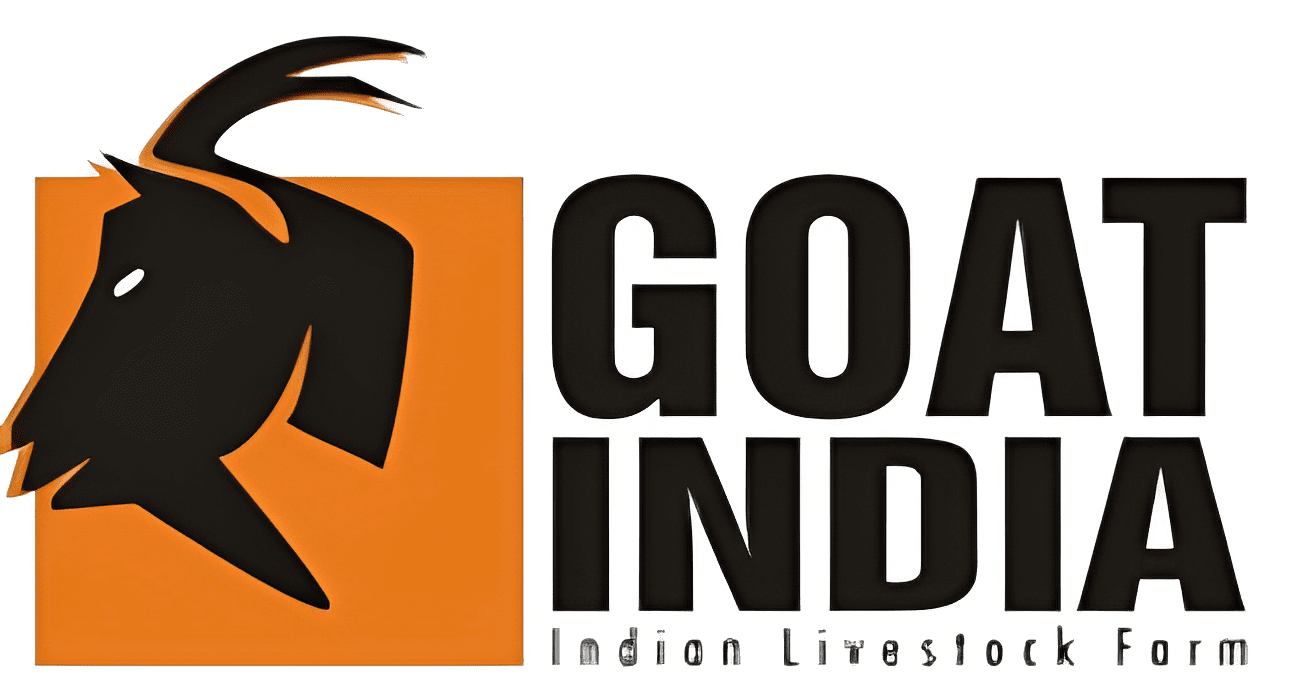Practical Feeding of Goats
Master the art and science of goat nutrition with practical feeding strategies tailored for Indian conditions. Learn cost-effective approaches, local feed utilization, seasonal management, and nutritional requirements for optimal goat health and productivity.
Practical Feeding Overview
- Understanding nutritional requirements for different life stages
- Utilizing locally available feed resources efficiently
- Cost-effective feed formulation and ration balancing
- Seasonal feeding strategies and drought management
- Quality assessment and feed storage techniques
- Feeding schedules and management practices
- Common feeding mistakes and solutions
- Monitoring and adjusting feeding programs
Feeding Guidelines Quick Reference
| Category | Daily Requirements |
|---|---|
| Dry Matter Intake | 3-4% of body weight |
| Growing Kids (3-6 months) | 16-18% protein, 2.5-2.8 Mcal ME/kg |
| Pregnant Does (last 6 weeks) | 14-16% protein, 2.6-2.9 Mcal ME/kg |
| Lactating Does | 16-18% protein, 2.8-3.2 Mcal ME/kg |
| Breeding Bucks | 14-16% protein, 2.6-2.8 Mcal ME/kg |
| Water Requirements | 3-5 liters per day (more during lactation) |
| Roughage:Concentrate Ratio | 70:30 to 60:40 (depending on production) |
| Feeding Frequency | 2-3 times daily |
Essential Feeding Strategies
Understanding Nutritional Requirements
Effective goat feeding begins with understanding the fundamental nutritional needs that vary by age, production stage, and environmental conditions. Growing kids require 16-18% protein for rapid development, while maintenance animals need only 8-10% protein. Lactating does have the highest requirements with 16-18% protein and elevated energy needs to support milk production without depleting body reserves.
Energy requirements are equally important, measured in metabolizable energy (ME). Lactating goats need 2.8-3.2 Mcal ME per kg of feed, while dry animals require 2.2-2.6 Mcal ME/kg. Minerals like calcium, phosphorus, copper, zinc, and selenium are crucial for skeletal development, reproduction, and immune function. Understanding these requirements helps formulate balanced rations using available local resources while maintaining optimal animal performance.
Utilizing Local Feed Resources
Indian farmers have access to diverse local feed resources that can significantly reduce feeding costs while maintaining nutritional adequacy. Agricultural by-products like wheat straw, rice straw, sugarcane bagasse, and crop residues form the roughage base. Concentrate ingredients include locally available materials such as wheat bran, rice bran, cotton seed cake, groundnut cake, mustard cake, and maize grain.
Regional variations offer unique opportunities – coconut cake in southern states, mustard cake in northern regions, and cotton seed cake in Maharashtra and Gujarat. Green fodders like berseem, lucerne, maize, pearl millet, and tree leaves (neem, banyan, peepal) provide excellent nutrition during different seasons. Effective utilization involves understanding nutritional values, seasonal availability, and proper processing methods to maximize feed value and minimize costs.
Practical Feed Formulation
Successful feed formulation combines science with practical economics, creating balanced rations from locally available ingredients. Start with determining daily dry matter requirements (3-4% of body weight), then balance protein and energy needs using the Pearson Square method or simple calculations. A typical lactating doe ration might include 60% roughage (wheat straw, green fodder) and 40% concentrates (grains, protein meals, minerals).
Sample practical rations for different categories include specific combinations tailored to local ingredient availability and production requirements. For lactating does in Punjab, a combination of wheat straw (30%), berseem (30%), wheat bran (15%), cotton seed cake (10%), maize grain (12%), minerals (2%), and salt (1%) provides balanced nutrition. Adjust proportions based on ingredient availability, quality, and local market conditions while maintaining nutritional targets.
Seasonal Management & Feeding Strategies
Seasonal variations in feed availability and quality demand adaptive feeding strategies throughout the year. During summer months, green fodder becomes scarce, requiring increased reliance on stored roughages and concentrate feeds. Monsoon periods bring abundant green fodder but potential quality issues due to excess moisture and fungal contamination. Winter months offer excellent green fodder quality but may require energy supplementation in colder regions.
Drought management becomes critical in many Indian regions, requiring strategic feed conservation, alternative feed sources, and efficient utilization of limited resources. Techniques include hay making, silage preparation, feed block preparation using crop residues, and identifying drought-resistant fodder crops. Establishing feed banks during good years, developing water harvesting systems, and creating contingency feeding plans help farmers navigate challenging seasonal conditions while maintaining animal productivity.
Practical Feeding Advantages
Cost Efficiency
Optimal utilization of local resources and by-products reduces feeding costs while maintaining nutritional adequacy.
Performance Optimization
Balanced nutrition improves growth rates, milk production, reproduction, and overall animal health and productivity.
Sustainability
Effective use of agricultural waste and local resources promotes sustainable farming and environmental stewardship.
Adaptability
Flexible feeding systems adapt to seasonal variations, market conditions, and changing resource availability.
Frequently Asked Questions
| Question | Answer |
|---|---|
| How much feed should I give my goats daily? | Provide 3-4% of body weight as dry matter. A 40kg lactating doe needs about 1.2-1.6kg dry matter daily, consisting of roughage and concentrates based on production requirements. |
| Can I feed kitchen scraps to goats? | Kitchen scraps can supplement feed but shouldn’t be the primary diet. Avoid citrus peels, onions, chocolate, and processed foods. Vegetable scraps, fruit peels, and bread can be fed in moderation. |
| What’s the best feeding schedule for goats? | Feed 2-3 times daily at regular intervals. Provide roughage first, followed by concentrates. Ensure constant access to clean water and feed smaller, frequent meals rather than large amounts. |
| How do I know if my goats are getting proper nutrition? | Monitor body condition, growth rates, milk production, coat quality, and general health. Regular weighing, body condition scoring, and veterinary check-ups help assess nutritional adequacy. |
| What local feeds are best in different seasons? | Summer: stored hay, concentrate feeds, tree leaves. Monsoon: fresh green fodders, managed grazing. Winter: quality green fodders like berseem, lucerne, with energy supplements in cold regions. |
| How can I reduce feed costs without affecting performance? | Use agricultural by-products, prepare balanced home-mixed feeds, practice good pasture management, make hay/silage during abundant seasons, and avoid feed wastage through proper storage and feeding techniques. |
| When should I change feeding programs? | Adjust feeding based on production stage, seasonal feed availability, body condition changes, and performance indicators. Pregnant and lactating animals need program modifications to meet changing requirements. |
| What supplements are essential for goats? | Mineral mixtures containing calcium, phosphorus, salt, trace elements, and vitamins A, D, E are essential. Provide commercial mineral supplements or prepare balanced mixtures as per local deficiencies. |
Practical Feeding Systems Visual Guide
Comprehensive illustration showing feed preparation, storage methods, feeding schedules, and nutritional assessment techniques
Optimize Your Goat Feeding Program
Transform your goat farming success through scientific feeding practices combined with practical local knowledge. Achieve optimal performance while controlling costs through strategic nutrition management.


